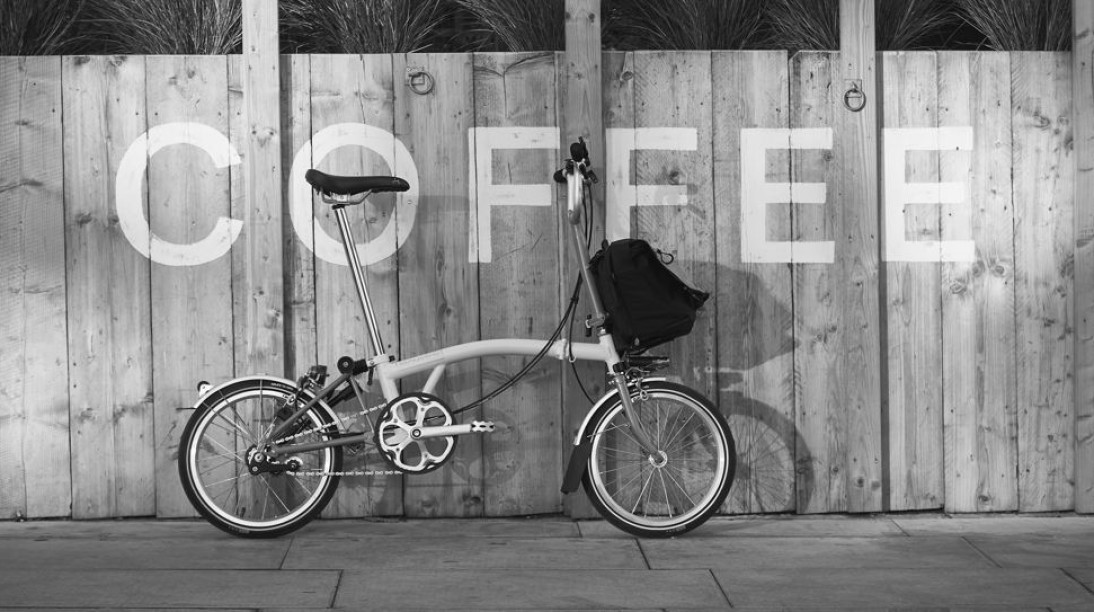Brompton's cycle route to Asian success


British commuters see the Brompton is a way to get to work. But in South-East Asia it’s a luxury, as chief executive Will Butler-Adams explains in this piece for the Anthology section, which features our best writing for clients
AUTHOR: Hugh Wilson
EDITOR: Rhiannon Edwards
In Britain, a Brompton bicycle is for commuting. It’s an ingenious piece of engineering that makes the journey between home and work healthy, inexpensive and fun before cleverly folding away to convenient carrying size.
Hard-wearing practicality has made the bikes famous in the UK’s big cities, but South-East Asian cyclists love them for quite different reasons.
“In Europe, we are a transport tool, quite a cool one, but a tool nonetheless,” says Will Butler-Adams, chief executive of the company, which sells bikes in 44 countries and has won a Queen’s Award for Enterprise for its international trade performance.
“In Asia, very few people use their Brompton to commute,” he says. “They love it because it’s compact and made to order, so it’s personal to them. But they use it at the weekend and it’s a social thing.”
It’s a classic example of the need to expect the unexpected in export markets – Asian customers have ridden the Brompton to a place that the company wasn’t comfortable with at first, Butler-Adams admits.
In Manila, for example, every new owner is automatically enrolled in the Brompton Club of the Philippines, where the regular meetings involve as much eating as cycling. Recreational activities bond Brompton owners in South Korea, Singapore, China and elsewhere. Butler-Adams says bikes are “pimped and polished” in ways that would bemuse European owners, whose Bromptons are “bomb-proof tools covered in crap”.
Butler-Adams hasn’t yet given up on Bromptons becoming commuter workhorses in Beijing and Seoul, but the company has had to adapt its ambition in Asian markets. It’s a question of history.
“Ultimately we want people to use our bikes to get to work, but for a lot of places in Asia it was only the 1970s or even the 1980s when they remember poor people riding to work on a bicycle,” he says. “The feeling that you’ve made it when you don’t have to [do so] is still very close.”
Brompton accepts that for now at least Asia will use its bikes mainly for recreation and that the market will evolve from there.
Butler-Adams traces the company’s exporting evolution back nearly a decade, when he turned up at an entrepreneur conference in Hong Kong with a “nice little business plan for China” and tore it up on the first morning.
Later he went on a two-week trip to China with a colleague and a pair of Bromptons, visiting 60 cycle shops and pedalling 186 miles (300km). It was invaluable experience.
“Before you start charging off with your amazing strategic plans, before you spend five grand on a consultant, I think for early planning, getting out there on the ground is key. It doesn’t matter if you’re making tiddlywinks or folding bikes, there is a trade show. Time your visit with that and you’ll learn loads.”
Brompton sales picked up speed quickly in Japan and South Korea, but progress in China has been deliberately slow and steady. The first Chinese Brompton shop opened in 2012 and today there are four.
Brompton has been happy to work with local distributors in other Asian countries but in China it is, uniquely, distributor and retailer of its own products.
This careful strategy has brought knowledge and confidence; the opening of a new Asian office in Hong Kong speaks volumes about the company’s ambitions. And with Asian cities experiencing acute traffic congestion and pollution problems, a new cycling revolution seems inevitable.
“You couldn’t cycle to work in Taiwan 10 years ago, but thanks to new bike lanes you can today,” says Butler-Adams. “For us, quality and service will be the key. There are Brompton copies out there but the speed of our progress in China is partly about reinforcing brand value.
“Somebody in Beijing or Shanghai might buy a copy for a tenth of the price, but when they come into money the first thing they’ll do is go out and buy a Brompton.”
FURTHER READING: Cathay Pacific case study




